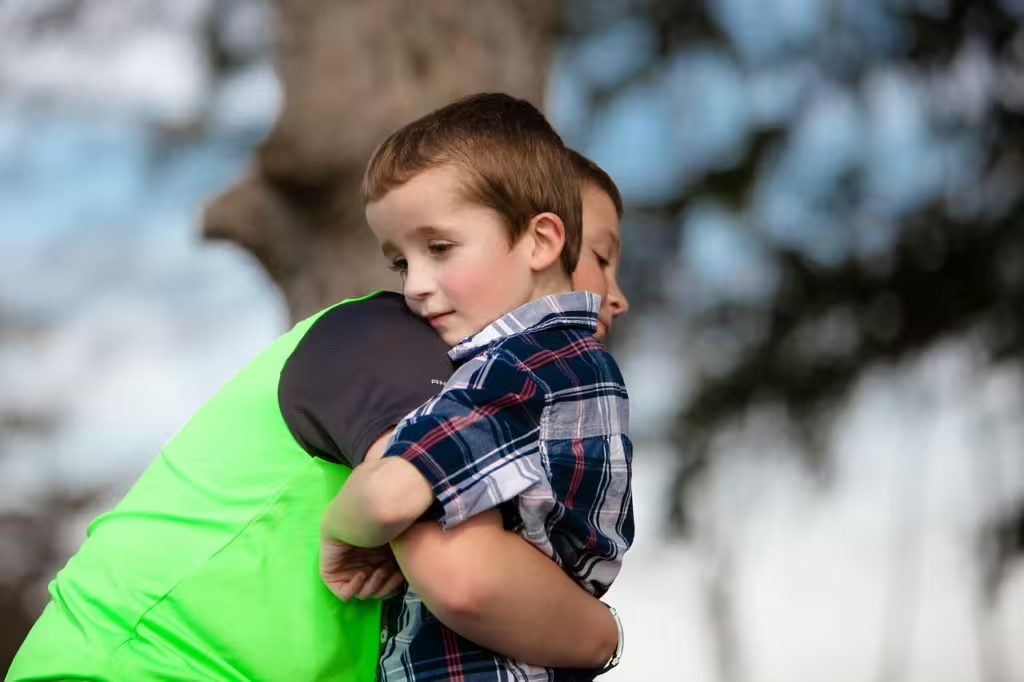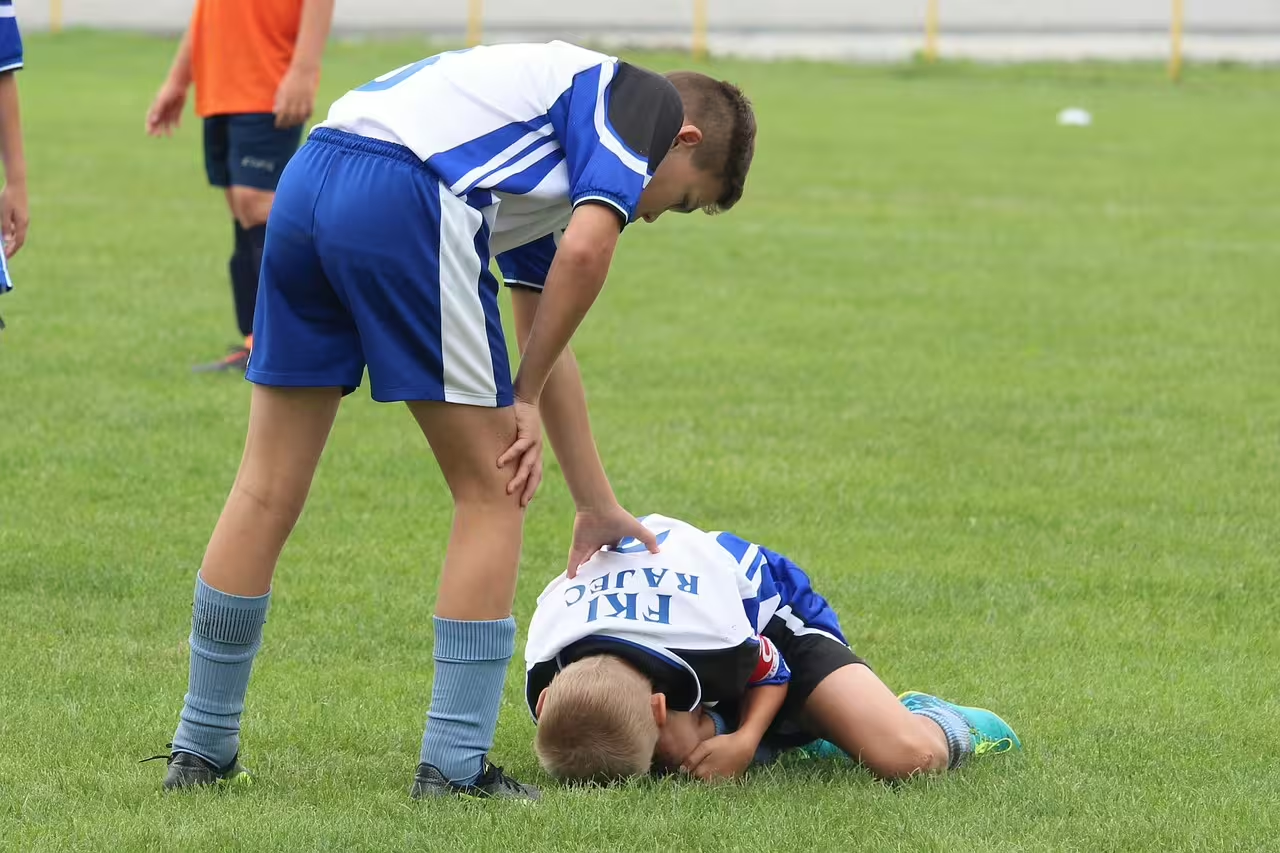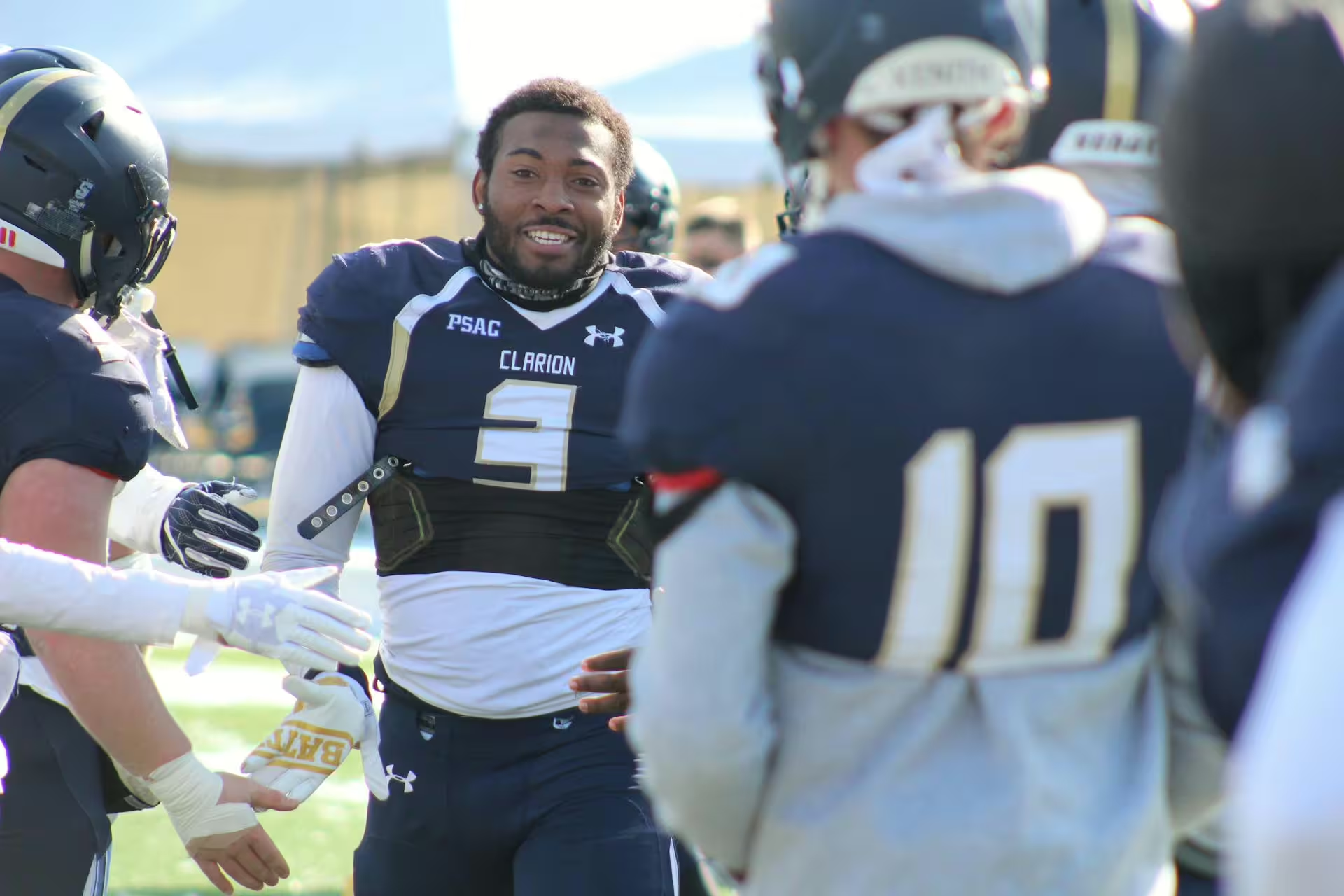Introducing sports to children with special needs can be a frustrating, emotional enterprise for everyone involved. That said, it can also prove to be one of the most rewarding things that can happen in the lives of the children themselves and the parents who long to help them live a fuller, more meaningful existence. Whether your child has physical, cognitive, sensory, or developmental differences, the world of adaptive and inclusive sports can offer them incredible opportunities for growth, confidence, connection, and joy.
That said, getting them started isn’t always easy or as cut-and-dry as one might assume. For instance, many parents might have questions like:
- How do I find the right sport for my child?
- What if they my child gets overwhelmed or frustrated? What if I feel the same?
- How can I support them while giving them independence?
In this article, we will help parents get answers to these questions and more. Cultured Athlete is here to help you navigate the winding path of youth sports — with practical advice, encouraging insights, and real-world examples. So let’s take a step into this together and dive into how you can introduce sports to your child with special needs in a positive, empowering, and stress-free way.
Why Sports Matter for Kids with Special Needs
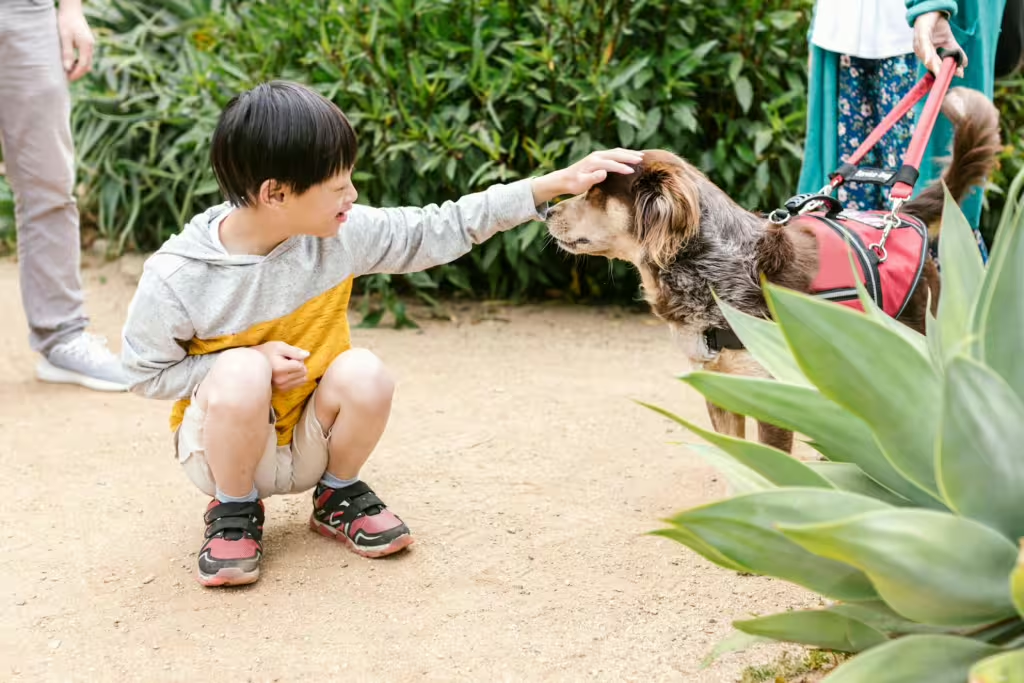
Physical Benefits
Sports offer children a myriad of benefits and those are enhanced ten-fold when they pertain to children with special needs. Children with disabilities or special needs will often face challenges in mobility, muscle tone, coordination, and endurance, but sports can help them to overcome these in many ways:
- Playing sports improves strength, balance, and flexibility
- Sports can support motor skill development
- Children who play sports often experience enhanced cardiovascular health
- Being physically active has been proven to reduce obesity risks.
Even low-impact sports activities can make a big difference to these children over time.
Social and Emotional Benefits
Physical though they may be, the benefits of playing sports go well beyond mere physical fitness and wellness:
- Playing sports with other kids helps to foster friendships and social interaction
- Learning to play with others help teach children teamwork, patience, and communication
- Playing sports boosts a child’s self-esteem and raises their confidence
- Kids who play sports re better able to regulate their emotions and reduce anxiety
Being part of a team or group is also an excellent way to help children who may have been marginalized to feel more connected to other children and more valued.
Cognitive and Behavioral Benefits
Many children with special needs actually thrive best in structured environments, such as those in organized sports. They are also more at ease and more comfortable when the environment is continually engaging, again, just as it is in sports. Thus, sports can help these children by offering several cognitive and behavioral benefits, such as:
- Following instructions
- Maintaining focus and attention
- Building routines and responsibility
- Developing resilience and problem-solving skills
Preparing to Introduce Sports
Start with Observation and Conversation
As parents of special needs children likely already know, every child is unique and special in their own way. This means that, before jumping into a new activity, parents should consider some of the following things:
- Parents should watch what their child enjoys during play. Is your kid drawn to running, climbing, swimming, throwing, or even dancing? Any and all of these could be the sports option you might be looking for; but there is much to consider in each case.
- Try and notice how your child responds to noise, group settings, and physical contact. Remember, children with special needs might be sensitive to one or all of these, and that while sports can help to lessen the severity of their reactions to them, not every sport is engaging enough for a child to overcome them.
- Ask your children questions (if they’re verbal), such as: “Would you like to try a sport?” or “What looks fun to you?”
These observations will give you a better sense of what might feel exciting — or overwhelming.
Talk to Therapists and Teachers
If your child receives occupational, physical, or speech therapy — or has an IEP at school — you might want to avail yourself of the expertise of those who help them in those areas. Remember, those professionals can offer valuable insights into which sports might fit your child best. Ask them very pointed, specific questions, such as:
- What kinds of movement are safe for my child, based on their special needs?
- What adaptations might be needed for them to compete?
- What might help motivate my child in structured settings?
If any of their services providers are local or attached to your child’s school district, they might even have local program recommendations.
Choose the Right Starting Point
Just as every child is different, so too is every sport. This means that not every sport is a good fit for every child — and that’s okay. If you are unsure where to start, consider beginning with these easy-to-digest options:
Non-Competitive Activities: Swimming, martial arts, or yoga are all high on physicality but low on movement.
Individual Sports: These sports don’t involve much teamwork but are great for kids who prefer solo challenges.
Low-Sensory Environments: These types of environments work best for children with sensory processing sensitivities.
Inclusive or Adaptive Teams: These are sports that focus more on fun than on performance. In many ways, these adaptive sports programs work best for children with special needs and /or disabilities.
Finding the Right Sport for Your Child
Here are several kid-friendly sports and activities that are most-often adapted for children with special needs — along with why they work best for that particular demographic:
Swimming
Water provides buoyancy, reduces joint strain, and is actually quite calming for many children. At the same time, swimming builds strength and coordination. Swimming, by virtue of its simplicity, can also be adapted for various ability levels. Sensory-friendly swim lessons, aquatic therapy, or inclusive community pool programs all exist for children with special needs.
Martial Arts
Programs like karate or taekwondo promote focus, discipline, and body control. They also happen to encourage a semi-predictable and structured environment. Many martial arts schools offer adaptive or private lessons tailored to each student’s individual skill level and take special needs into consideration.
Track and Field
Running, jumping, and throwing can be broken down into simple, repeatable movements, which means they are easy to grasp. Also, unified track programs pair children with and without disabilities for team-based fun.
Gymnastics or Movement-Based Play
Some gyms offer sensory-friendly tumbling classes for young children. These classes usually soft equipment, obstacle courses, and minimal noise. Gymnastics is great for building gross motor skills and confidence.
Dance or Music Movement Classes
For kids who love music and rhythm, adaptive dance is a great option. Let’s face it, most kids love the freedom and exhilaration of dance, so classes like these can offer joy and creativity in motion, while still being structured enough to provide an introductory sports experience.
Wheelchair Sports
For children who use wheelchairs, adaptive sports abound! There are things like wheelchair basketball, tennis, or rugby which can provide an empowering way for them to compete and connect with other children who are in the same boat.
Unified or Inclusive Sports Leagues
Programs like Special Olympics, TOPSoccer, and other such community and adaptive leagues offer many opportunities for kids with all manner of special needs — often allowing them to compete and play alongside their neurotypical peers.
How to Introduce the Sport in a Supportive Way

Set Clear, Simple Expectations
When you are getting them started in sports, you’ll want to let your child know a couple things right off the bat:
- What the activity is
- What will happen when they get there
- That it’s okay to try and take breaks
If verbalizing these things fail, try utilizing some visual schedules or social stories. These tools of the special needs world can help prepare kids who benefit from predictability.
Start Small
Your child doesn’t need to jump into a full season of games to learn to play. If you or they are even a little unsure at first, consider:
- Trial classes
- Parent-child sessions
- Private instruction before group play
- Practicing at home to build comfort
Remember, the goal is to create a sense of safety and success right away. It doesn’t matter if they throw the ball “right” or follow every rule. What matters is that they’re moving, smiling, and showing interest. Skills can always be taught later. In the interim, use positive reinforcement and celebrate evert small win, no matter how mediocre the success might feel.
Supporting Success Through Accommodations
Sensory Supports
If your child is sensitive to sound, touch, or movement in any way, you might want to try some helpful physical aids to minimize the input. Noise-reducing headphones and compression clothing or weighted gear are all good for this. Also, you will want to help them practice new sensations (like water or equipment textures) ahead of time. If they aren’t good with big crowds, try to request quieter spaces or smaller groups
Communication Tools
Non-verbal or minimally verbal kids might benefit from visual supports, such as pictures or icons of each step. Sign language or communication devices are also very helpful for this purpose and your child might already be utilizing one. Also, look for coaches trained in AAC (Augmentative and Alternative Communication).
Physical Adaptations
Adapted equipment for special needs sports might include: larger or lighter balls, lowered nets or targets, modified grips or straps, and wheelchair-accessible fields or courts. Note to parents: Don’t be afraid to ask for modifications — many programs are happy to accommodate if they know what’s needed. Also, don’t forget to keep open communication with coaches; most of them are used to it and all-too-happy to help make your child’s experience as enriching as everyone else’s.
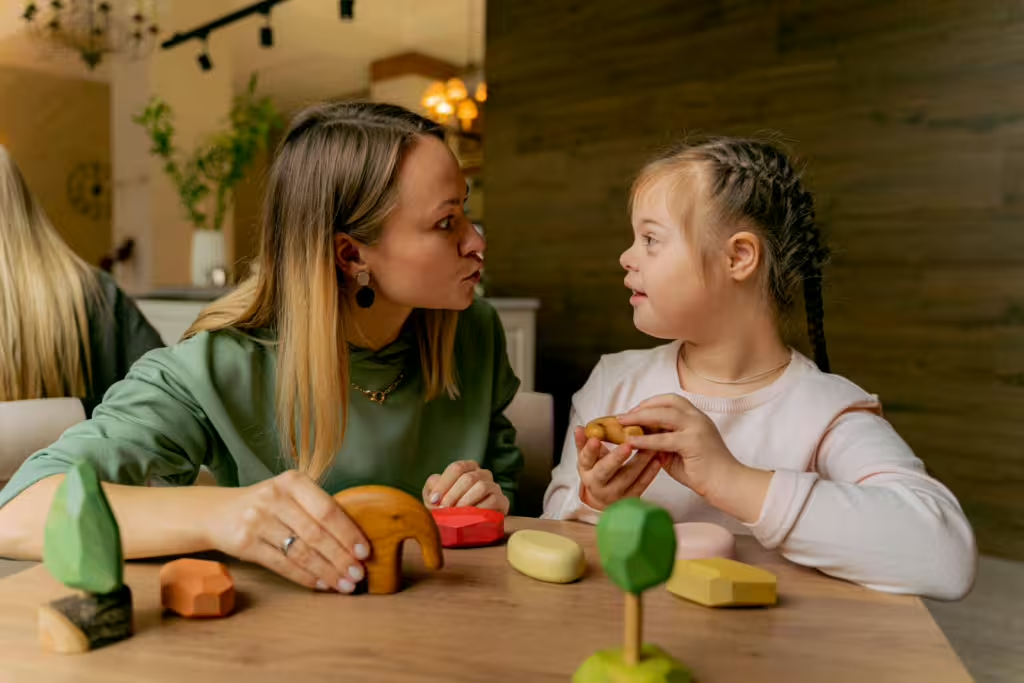
What to Do If Things Get Tough
We all know that setbacks can happen — for every child, in every sport. Here’s how to manage certain common issues:
If They Want to Quit Right Away
Don’t let them! Not at first, anyway. Sometimes kids need time to adjust. Before giving up, ask them:
- “Was something scary or uncomfortable?”
- “Would you like to try it a different way?”
- “Should we watch next time before joining in?”
If they still feel the need to step back, that’s fine. You an always try again later — or explore a different activity that better suits their needs and desires.
If There’s a Meltdown or Shutdown
Parents of children with special needs are likely not strangers to meltdowns. When they occur, and they will. do your best to remain calm. First, remove your child from the situation. Then, do your best to provide comfort or sensory regulation. Above all else, don’t scold them for reacting — instead, support their needs and reflect on them later…once things have calmed down.
If the Environment Isn’t a Good Fit
Sometimes the issue is the program, not your child. This is also perfectly fine and a perfectly valid reason for you and your child to pull back for a bit and regroup. If the staff are unwilling to accommodate or don’t treat your child with respect, it’s okay to just walk away. Remember, a better fit is out there somewhere.
Cultured Athlete Says…
As you can see, introducing sports to your child with special needs may take a little extra effort — but the rewards are going to pay themselves back for years to come. You will get the chance to see your child grow in confidence, get to watch them try new things, and see them meet new friends. Seeing and hearing them laugh with their new friends and teammates, feeling included, capable, and proud of themselves, is a priceless gift that sports can offer to parents.
Above all else, try and remember that sports doesn’t have to be about competition. They should be about movement, joy, connection, and freedom. Therefore, whether your child swims, kicks, rolls, throws, or dances — what matters most is that they get to play. Take the journey one step at a time, trust your parental instincts, avail yourself of expertise and resources, and celebrate every blessed, exciting moment!
Discover more from CulturedAthlete
Subscribe to get the latest posts sent to your email.

